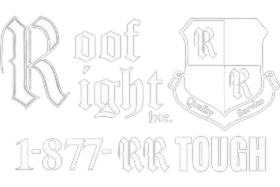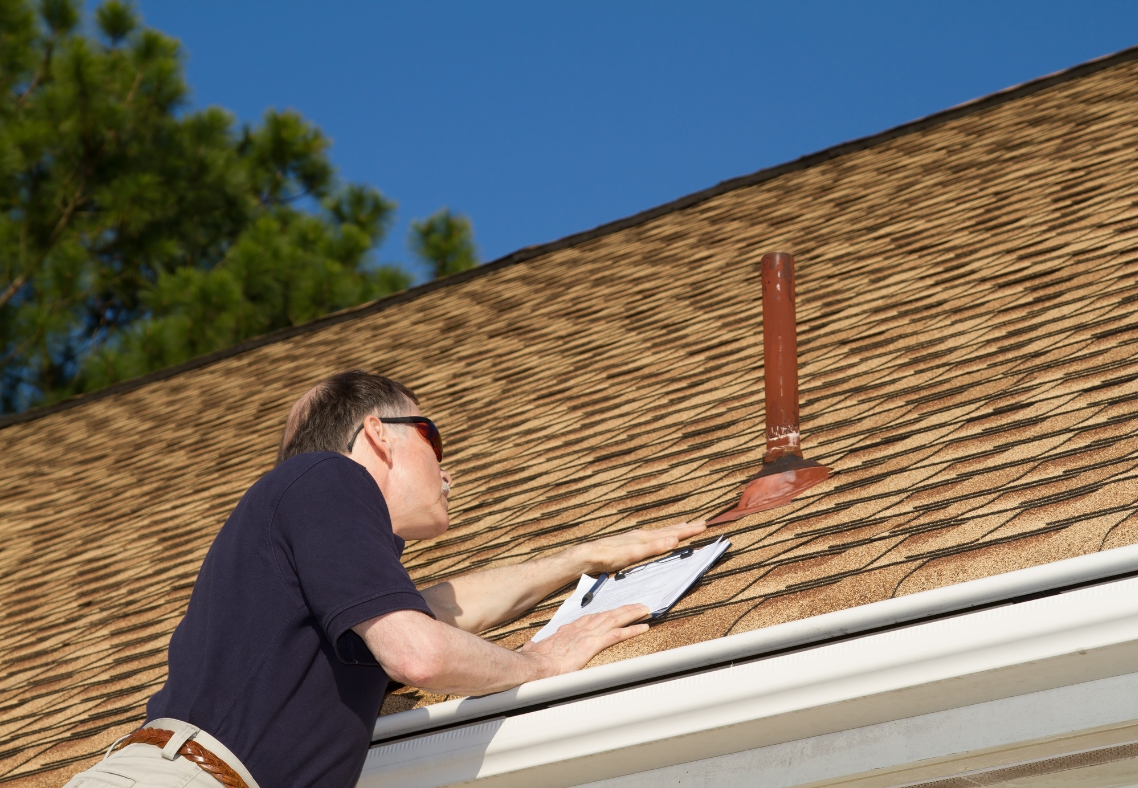What Are The Pipes On A Roof And How Do They Work?
Roof Right: Exterior Home Remodeling Specialists in Maryland Contact UsSchedule A Free EstimateWhen looking at your home’s roof, you may have noticed a few pipes protruding from the surface. While they may seem insignificant, these pipes play an essential role in maintaining the integrity and functionality of your home. Many homeowners wonder what these pipes are for and how they impact their roofing system. Understanding these components can help homeowners ensure their roof is in top condition and avoid costly repairs due to leaks or improper ventilation. In Maryland, where seasonal weather can vary from intense summer heat to freezing winter storms, maintaining a properly functioning roof with working pipe systems is crucial. Whether you live in Hampstead, Gaithersburg, or Annapolis, knowing how these pipes function can help you keep your home safe and comfortable throughout the year. This article will break down the different types of pipes found on residential roofs, their functions, and how to ensure they are properly maintained.
Answering The Question: What Are The Pipes On A Roof And How Do They Work?
The Different Types of Roof Pipes
Most residential roofs have pipes for a variety of purposes, and each serves a unique role in your home’s overall function. The main types of roof pipes include vent pipes, plumbing pipes, exhaust pipes, and furnace flue pipes.
1. Vent Pipes
Vent pipes, also known as plumbing vents or stack vents, are among the most common types of pipes found on residential roofs. These pipes play a critical role in maintaining proper air pressure in the plumbing system and allowing sewer gases to escape safely. A home’s plumbing system relies on water flowing smoothly through drain pipes. Without proper ventilation, air pressure issues can cause gurgling sounds, slow drainage, or even hazardous sewer gas buildup inside the home. Vent pipes extend from the plumbing system to the roof, allowing air to enter the pipes and gases to exit. This ensures smooth drainage and prevents harmful gases from accumulating inside your home. In Maryland, where humidity can fluctuate, a properly functioning vent pipe prevents moisture buildup and helps keep indoor air quality at a safe level.
2. Plumbing Pipes
Plumbing pipes on the roof are directly connected to your home’s drainage system. They ensure wastewater is properly carried away from your home and into the sewer or septic system. Unlike vent pipes that help balance air pressure, plumbing pipes are designed specifically to move wastewater efficiently. It’s important to keep these pipes in good condition. If they become clogged or damaged, it can lead to slow drains, backups, or unpleasant odors inside the home. Ensuring these pipes remain clear and free of debris is an essential part of regular home maintenance.
3. Exhaust Pipes
Exhaust pipes are another common component found on rooftops. These pipes help remove excess heat, moisture, or contaminants from appliances such as water heaters, kitchen range hoods, and bathroom fans. Without proper exhaust ventilation, heat and moisture can build up inside a home, leading to mold growth, structural damage, and poor indoor air quality. For homes in Maryland, where winter temperatures can be frigid, having an efficient exhaust system is essential for preventing condensation buildup, which can lead to ice dams or leaks. Keeping exhaust pipes free of blockages such as bird nests, debris, or snow accumulation ensures they function properly year-round.
4. Furnace Flue Pipes
Homes with gas or oil heating systems often have furnace flue pipes extending from the roof. These pipes serve a crucial role in safely venting combustion gases, such as carbon monoxide, out of the home. Since carbon monoxide is odorless and dangerous, a blocked or malfunctioning furnace flue pipe can be a serious health hazard. Regular inspections, especially before winter, can help prevent any issues and ensure that gases are being safely expelled. Maryland homeowners should schedule routine heating system maintenance to ensure the furnace flue is properly sealed, free of rust or cracks, and functioning as it should.
How to Maintain Roof Pipes and Prevent Leaks
While roof pipes provide essential functions, they can also be a common source of roof leaks if not properly maintained. Over time, exposure to harsh weather conditions, including heavy rain, snow, and ice, can cause the seals around these pipes to weaken, allowing water to seep into the home. Here are some key maintenance tips to keep your roof pipes in good shape:
1. Inspect Pipe Flashing Regularly
Pipe flashing is the material used to create a waterproof seal around roof penetrations. Most flashing is made of rubber or metal and helps prevent water from leaking into the attic or walls. Over time, flashing can deteriorate due to sun exposure, temperature fluctuations, or wear and tear. Homeowners should visually inspect pipe flashing at least once a year for cracks, rust, or damage. If the flashing is compromised, it should be replaced as soon as possible to avoid leaks and potential structural damage.
2. Clear Out Any Blockages
Leaves, debris, and even small animals can create blockages inside roof pipes, preventing them from functioning correctly. Vent pipes, in particular, can become clogged with nests or other obstructions, leading to slow drainage or sewer odors inside the home. Installing mesh covers or vent caps can help prevent blockages while still allowing proper airflow. Periodic inspections will also ensure that any debris is removed before it causes issues.
3. Check for Cracks or Corrosion
Extreme weather, including Maryland’s cold winters and humid summers, can cause pipes to expand and contract. Over time, this can lead to cracks or corrosion in metal pipes. Any visible signs of damage should be addressed immediately, as small cracks can quickly turn into bigger problems, leading to leaks and costly repairs.
4. Ensure Proper Sealing Around Pipes
A well-sealed pipe prevents water infiltration, which is crucial for preventing mold growth and rot inside your home. Sealant or caulking around the base of roof pipes should be checked periodically and reapplied as needed. A professional roofing contractor can assess the condition of pipe seals and make necessary repairs to prevent leaks.
5. Address Ice Dams in Winter
During winter, ice dams can form around roof pipes, preventing proper drainage and potentially causing water damage. Keeping gutters clear of ice buildup and ensuring adequate attic insulation can help prevent ice dams from forming. Homeowners should also monitor their roofs after heavy snowfalls to ensure that pipes remain unobstructed and functional.
Contact Roof Right for Roof Pipe Services in Maryland
Roof pipes play a crucial role in keeping your home safe, comfortable, and structurally sound. Whether it’s venting harmful gases, ensuring proper drainage, or preventing moisture buildup, these components are essential for maintaining a healthy roof. At Roof Right, we specialize in roof inspections, pipe repairs, and flashing replacements to keep your home protected year-round. If you’ve noticed leaks around your roof pipes, rusted flashing, or any unusual odors inside your home, now is the time to schedule an inspection. Our team of experienced professionals is dedicated to providing top-quality roofing services tailored to Maryland homeowners. Don’t wait until minor issues turn into major problems. Contact Roof Right today to schedule your roof pipe maintenance or repair services in Maryland. Let us help you ensure your roof remains in peak condition, no matter the season!
Areas We Serve
If you're looking for a roof contractor in Maryland, give Roof Right a call today at (410)-374-5923 to schedule an appointment!
Carroll County
Howard County
Clarksville, Columbia, Elkridge, Ellicott City, Fulton, Jessup, Laurel, Woodstock
Montgomery County
Baltimore County
Baldwin, Bradshaw, Carney, Cockeysville, Glen Arm, Hunt Valley, Jacksonville, Kingsville, Lutherville, Nottingham, Overlea, Owings Mills, Parkton, Parkville, Perry Hall, Phoenix, Pikesville, Reisterstown, Sparks, Timonium, Towson, White Marsh

